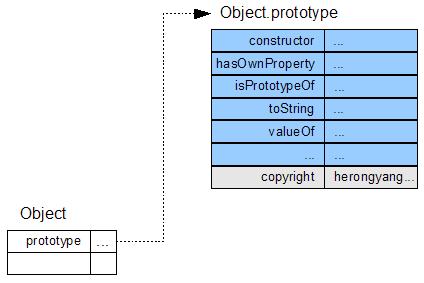No se encontró nada
Parece que no podemos encontrar lo que estás buscando. Quizá buscar pueda ayudar.
Prototypal inheritance also becomes much simpler with ES6 classes, via the extends keyword. It is as if the interface had declared all of the members of the class without providing an implementation. A constructor is invoked first when a class is being instantiated, which means its a good place to possibly put some logic. When the button is clicked the parent components method is invoked with the string from the child. In TypeScript, the class keyword provides a more familiar syntax for generating constructor functions and performing simple inheritance. You need to specify the super keyword in order to avoid confusion between a specialised function and the base class function. And, you can simplify the child components even further by removing the dependencies from the parent constructor arguments and manually assigning them inside the constructor.
By default, the type checker considers null and undefined assignable to anything. TypeScript supports object-oriented programming features like classes, interfaces, etc. A Flexible inheritance module, where you can pick/omit attributes from the parents. document.write(d.getFullYear())
When overriding a constructor: We must call parent constructor as super() in Child constructor before using this. In the context of Angular 2 it can be used to properly initialize fields. For example, by calling this.MyvirtualMethod() in B's constructor, by creating a factory method to create the object and then execute the function, or by passing the string into A's constructor and working that out somehow there's lots of possibilities.  Constructor usage in Angular. Loading Unsubscribe from TECH INFO? Former one is called Child Class or Sub Class and the later is called Parent Class or Super Class. React supports a special attribute that you can attach to any component, that's the ref attribute, it takes a callback function, and you can access the functions of the child component in the parent accessing this.refs.REF_NAME.METHOD_NAME. Typescript gets this feature from ES6.
Constructor usage in Angular. Loading Unsubscribe from TECH INFO? Former one is called Child Class or Sub Class and the later is called Parent Class or Super Class. React supports a special attribute that you can attach to any component, that's the ref attribute, it takes a callback function, and you can access the functions of the child component in the parent accessing this.refs.REF_NAME.METHOD_NAME. Typescript gets this feature from ES6.
Inheritance is the ability of a program to create new classes from an existing class.
Object of type generator is not JSON serializable.
Based off examples from [this blog post](https://justinfagnani.com/2015/12/21/real-mixins-with-javascript-classes/), with assistance, babel-plugin-transform-multiple-inheritance. TypeScript Basics 14 - Inheritance and Polymorphism In TypeScript - Duration: 8:04. Most notably, it allows for non-method properties, similar to this Stage 3 proposal. Create mixins which work with instanceof (friendly for unit tests). In TypeScript, you can inherit a class from another class. Just like any other OOPs supported languages, TypeScript also allows you to inherit a base class. This parameter represents the base class to inherit functionality from. But other classes can derived from abstract class and reuse the functionality of base class. Converting parent class instance to child class : typescript. In the last article, we learned how to create class in TypeScript.We have also learned how to create a constructor and how to instantiate a class object. Triple-slash directives are single-line comments containing a single XML tag.
It has roughly the same syntax as the ES2015 class syntax, but with a few key distinctions. TypeScript inheritance allows you to override a parent method in the child class and if the parent calls that method, the childs implementation will be invoked. In TypeScript, we allow developers to use these techniques now, and compile them down to JavaScript that works across all major browsers and platforms, without having to wait for the next version of JavaScript. In order to execute a function from a child component, you will need to use Refs. The parent component has registered its ClickHandler method with the child component. A triple-slash directive can only be preceded by single or multi-line comments, including other triple-slash directives. In Angular, the constructor is used for injecting dependencies into the component class. The idea is that the parent passes a callback function to the child, and the child calls that function, to pass its method(s) to the parent. The constructor is now explicitly defined - unlike the ES5 way which we had to assume / work out was in fact a constructor.
Starting with ECMAScript 2015, also known as ECMAScript 6, JavaScript programmers will be able to build their applications using this object-oriented class-based approach. Former one is called Child Class or Sub Class and the later is called Parent Class or Super Class. In single-file components, as shown below, make sure you set the
Parece que no podemos encontrar lo que estás buscando. Quizá buscar pueda ayudar.